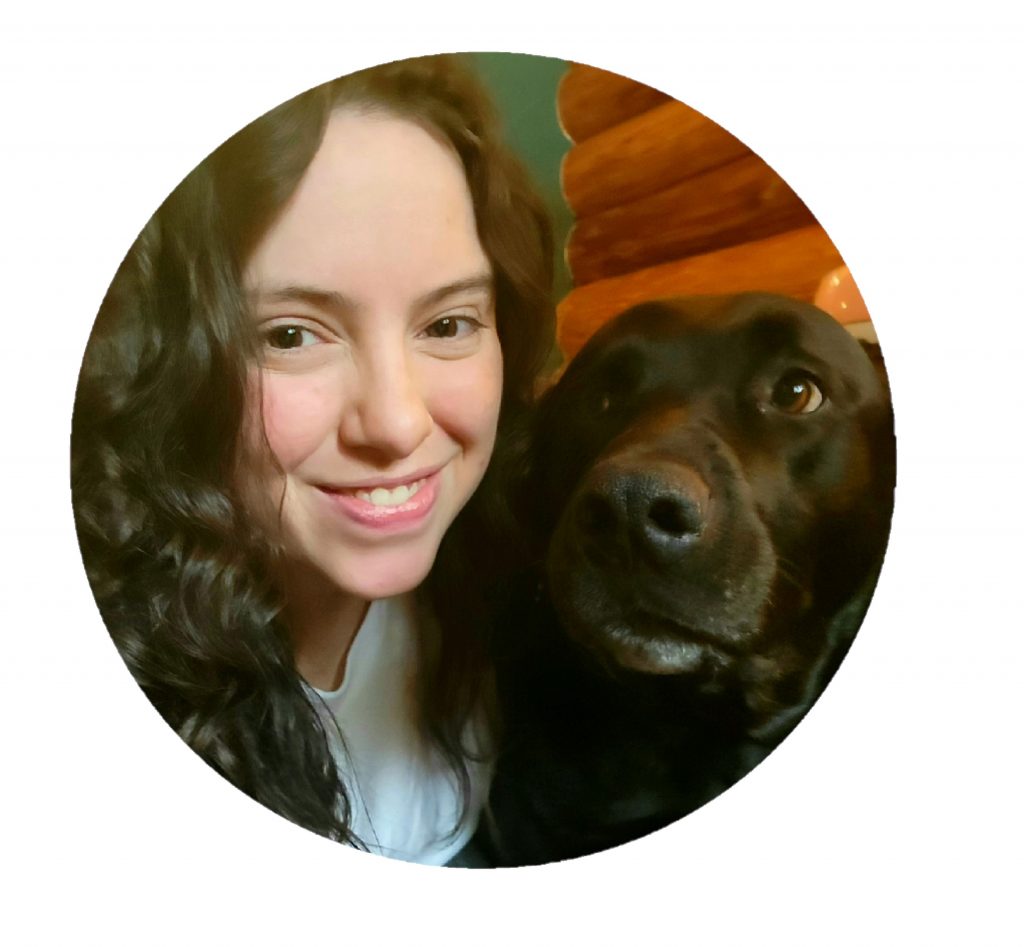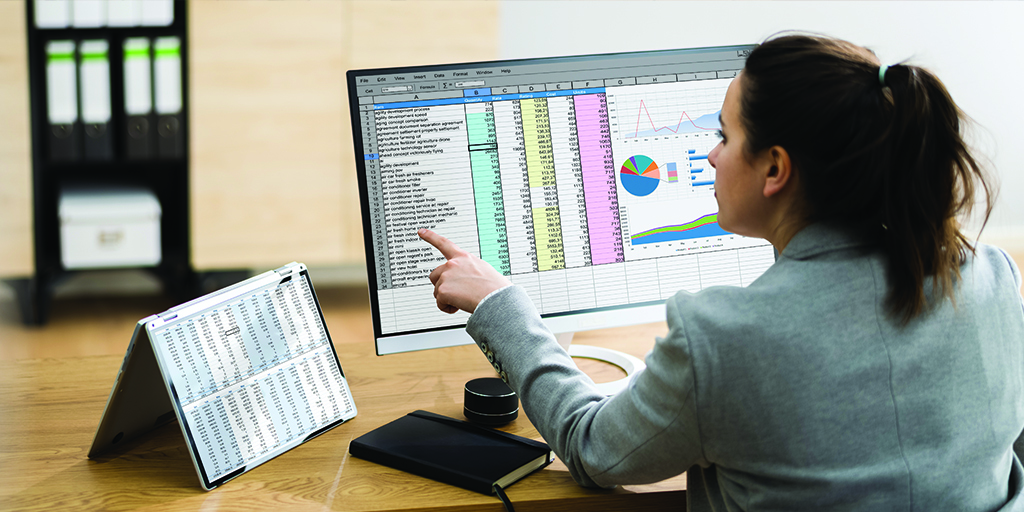A Chart of Accounts is a list of all the business’ financial accounts as found in the General Ledger. The Chart of Accounts features both the account number and the account name and provides an overview of all areas of your business. These accounts are broken down into 5 separate categories: assets, liabilities, equity, revenue, and expenses.
Assets are featured first in the Chart of Accounts and involve accounts where things are owned by the business, such as investments or property. This section is often broken down into Current Assets, Investments, Property & Equipment, and Intangibles.
Liabilities are second and include accounts where things are owed by the company, this could include accounts like loans or credit card balances. This section is usually broken down into Current Liabilities and Long-Term Liabilities.
Equity is after Liabilities and can look different on every Chart of Accounts. Since this section includes accounts that pertain to owners, the accounts in this section vary depending on business ownership. For example, with a Sole Proprietorship, there would only be one account in this section for the owner of the company, however with an Incorporation there may be separate accounts for share types and shareholder loans.
The second to last section on the Chart of Accounts is Revenue, this section includes accounts involved in making money by providing goods or services. This section is not always divided up and division of revenue accounts depends on the size of the company and the variety of good and services offered.
The last section on the Chart of Accounts is Expenses. Expenses includes accounts involving costs incurred while doing business, this could include things like wages or office supplies. This section if often broken down into Cost of Goods Sold, Wages, and General & Administrative.

Chief Operations Officer
Ruby Business Solutions







